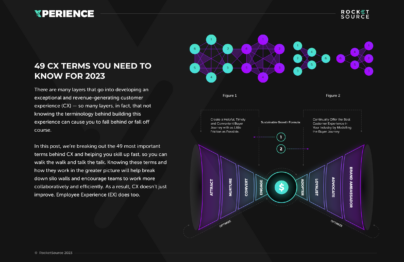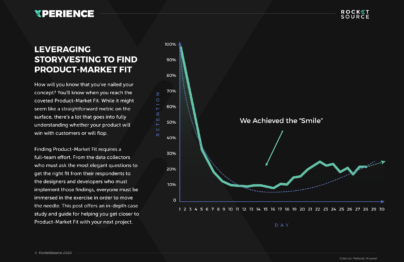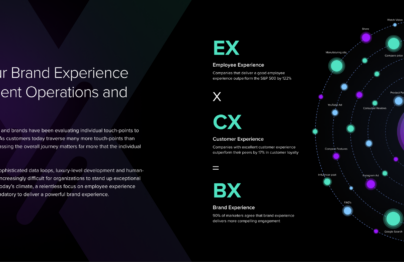Table Stakes Testing is the process of incorporating data at every stage of the design and development process. When done, teams can validate assumptions, optimize workflows and deliver products and services that will win in the marketplace.
Too often, products and services are developed and delivered to the market, only to find out they don’t meet customers’ expectations. Similarly, as the needs and wants of customers change, what was working in the past is no longer relevant today. This struggle to achieve and maintain product-market fit is ubiquitous throughout the landscape of modern business – but it doesn’t have to be.
Table Stakes Testing empowers teams to validate assumptions about product and service design, using data collected internally and externally at each stage of the product development lifecycle. By doing this, organizations can put up the proverbial guardrails within the development cycle to match the market’s wants and needs.
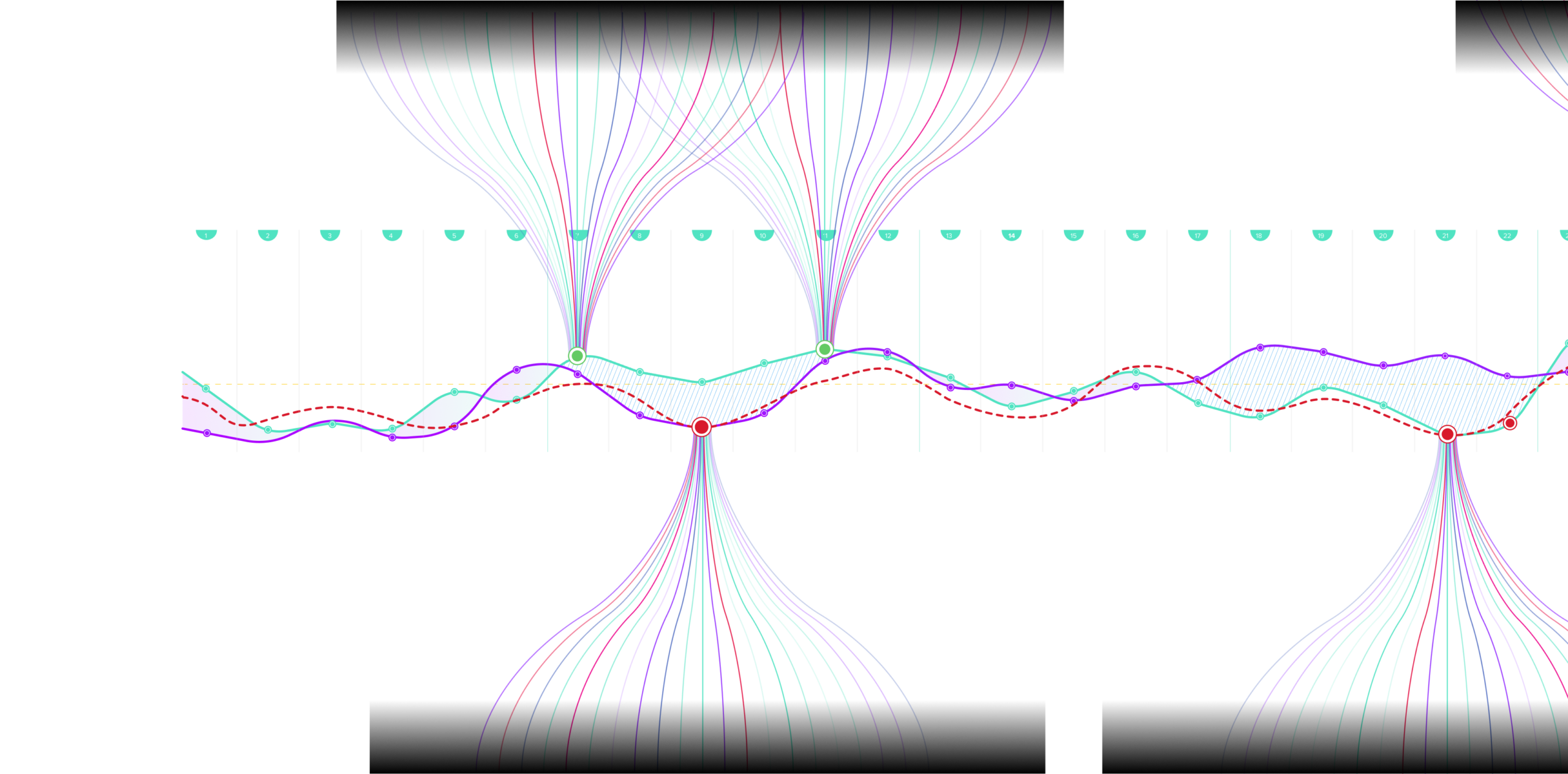
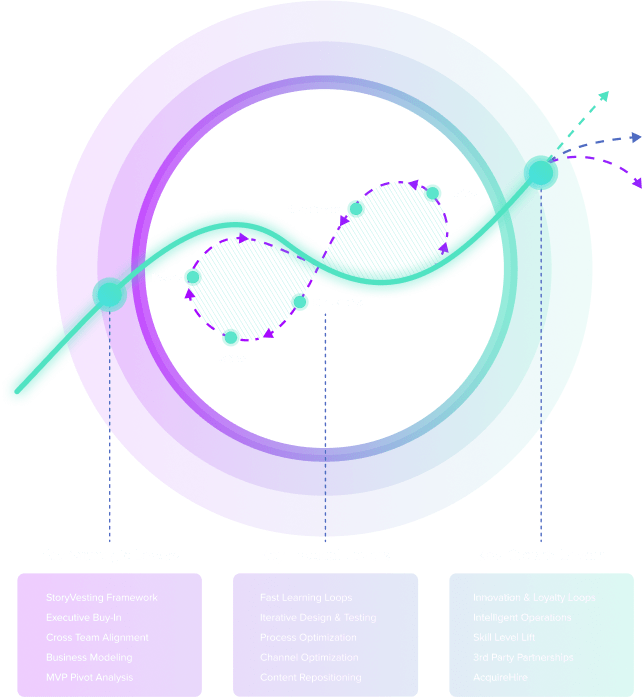
The Innovation Loop in Table Stakes Testing
Table Stakes Testing is a continuous process that acts as the first line of defense to combat uncertainty as ideas get put through the innovation loop. When experimenting with ideas, leveraging the available data to determine what the true, deal-breaking pain points for customers versus the nice-to-haves can help keep design and development teams on track. This process leverages data-centric findings to define necessary process changes, project scope, and future project iterations.
The crux of Table Stakes Testing is reliance on empathy, which allows qualitative and quantitative data to guide the decision-making process. Without this empathetic approach, organizations often start to stagnate or face obsolescence.
Behavioral Economics Driving Product Development
Intelligent product design and development are best done alongside a strategic framework like StoryVesting. Pairing both core pieces of the puzzle together allows teams to drive bigger engagement and growth by rooting the experience in the brand and the customer’s why.
Table Stakes Testing brings the entire team together, top to bottom, to analyze friction points through the lens of the customer’s behavior and emotional and cognitive triggers. Without iterative testing and feedback throughout the development lifecycle, brands struggle to deliver products and services that will truly captivate the market. The more teams navigate each layer and use these layers cohesively to develop the product, the better success a product will have in the market. By reconciling emotional and logical drivers and then matching them into sprint cycles and epic vision, organizations can use less capital and achieve early traction Product-Market Fit at a faster clip.
Examining Employee & Customer Experience in Table Stakes Testing
While the importance of customer experience (CX) is commonly discussed in the product development space, what’s equally critical and addressed less often is employee experience. Having vested employees in the product’s outcome amplifies CX initiatives and allows teams to make a deeper impact.
Gathering employee feedback and aligning that feedback with CX allows teams to stay aligned and deliver a more sublime user experience. This approach breaks employees out of operating in their silos and puts teams squarely in the trenches hearing feedback and seeing the impact of their work. In doing so, teams can break out of silos and understand their contribution to the bigger picture.
As Table Stakes Testing unfolds, teams become more dedicated to those consistent improvements and tuned into the various iterations.
Core Traits of Data Visualization Success
The ultimate goal of data visualization is to get to the why behind the facts and figures. This requires a team effort in modeling and mining data sets. All parties managing data sets must think and operate like scientists, psychologists and anthropologists.
Innovate
Innovation involves significant and substantial changes. New methods get introduced. New ideas get implemented. Throughout the development of innovative products, one thing is crucial — feedback. Anytime an “outside the box” approach is taken, gathering feedback helps teams stay on the right track with what the market wants.
Invent
Technology has made it so that organizations must sometimes invent entirely new products to stay relevant. Inventing something new isn’t something to rush into, though. It requires Table Stakes Testing from idea to implementation to determine if the idea has legs. Using qualitative and quantitative feedback alike allows teams to see if the invention will stand or where strategies might need to shift.
Improve
Improvements are a must as teams move through the Table Stakes Testing process. When there’s friction, it’s important to address it and improve upon it to keep users engaged. This can mean making it more affordable, better, faster, you name it. Aligning teams with an agile process to speed the time it takes to bring these improvements to market amplifies the impact of the Table Stakes Testing findings.
Customer Experience (CX) Terms
- 360° Degree View of the Customer
- AI Ops
- Barlow Bands
- Behavioral Triggers
- Bow Tie Funnel
- Brick-to-Click
- Business Impact Analysis (BIA)
- Cognitive Computing
- Cohort Analytics
- Content Mapping
- Conversational User Guidance
- Customer Data Profile
- Customer Experience (CX)
- Customer Friction
- Customer Insights Map
- Customer Journey
- Customer Journey Mapping
- Customer Satisfaction (CSAT)
- Customized Ratios
- CX Intelligence
- CX Led Growth
- CX Metrics
- Data as a Product (DaaP)
- Data as a Service (DaaS)
- Data Culture
- Data Driven
- Data Engineering
- Data Fabric
- Data Governance
- Data Humanization
- Data Hygiene
- Data Looping
- Data Mapping
- Data Mining
- Data Modeling
- Data Monetization
- Data Swamp
- Data Visualization
- Data Warehouse
- Data-Centric
- Descriptive Analytics
- Diagnostic Analytics
- Digital Asset Management (DAM)
- Digital Transformation
- Dirty Data In Dirty Data Out
- Embedded Intelligence
- Empathy Mapping
- Employee Data Profile
- Employee Experience (EX)
- EX to CX Data Mapping
- EX to CX Mapping
- Experience Management (XM)
- Gap Analysis
- Generative AI
- Human-Centered Design (HCD)
- Journey Analytics
- Machine Learning (ML)
- Managed Agile Services on Demand
- Modified Hoshin
- North Star Metric
- Party Data
- Pathway to Purchase
- Predictive Analytics
- Product-Market Fit Mapping
- Real Time Design Looping
- Revenue Acceleration
- RevOps
- S Curve of Growth
- Stack Impact Analysis
- StoryVesting
- Table Stakes Testing
- The 3 P’s
- User Experience (UX)
- User Insights Map
- User Interface (UI)
- Voice of the Customer (VoC)
- Voice of the Employee (VoE)
- World Cloud Generator Sentiment Mining
- X Analytics

